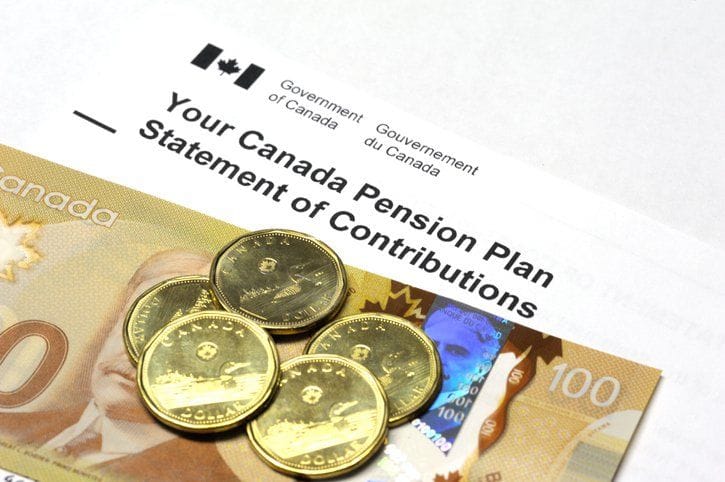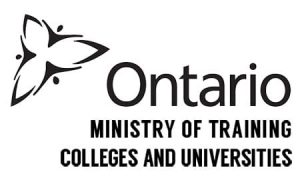
If you’re considering a career in accounting and payroll, the beginning of the year typically marks an important time for professionals in this field. That’s because payroll tax changes usually go into effect on the first of January, and this year was no different. As of January 1, 2019, Canadian employees and employers saw changes in how much they pay towards their Canada Pension Plan (CPP) premiums and Employment Insurance (EI) contributions.
While there were no substantial changes, you should be aware of them if you’re pursuing a career in payroll. Understanding how payroll taxes are changing will help you become more knowledgeable about your future responsibilities and will provide you with an advantage once you begin your job search.
Students in an Accounting and Payroll Administrator Program Should Know About CPP Changes
CPP is among the largest payroll deductions for most Canadians and it provides an important source of income for many Canadians once they retire. The CPP is funded through payroll taxes, and if you pursue you accounting and payroll administrator diploma, you’ll learn all about CPP-related legislation. When CPP rates change, it’s important for payroll administrators to take note of those changes. Starting January 1, 2019, CPP contributions are being gradually increased over the next seven years, meaning employees and employers will both pay a little more towards the public pension plan.
The goal of the larger contributions is to increase the average amount that workers receive in CPP income once they retire. Currently, retired workers earn a quarter of their average work earnings from CPP, but the government hopes to increase that share to a third of average work earnings once the full seven-year increases take effect.
The first increase was implemented on January 1, 2019 and saw employee contributions increase from 4.95 per cent to 5.1 per cent. Similar increases will continue over the next six years. Once fully implemented, these enhancements will increase the maximum annual employer and employee CPP contributions from $2,668 to $3,527. Furthermore, the maximum pensionable earning will see a 14 per cent increase from $57,400 to $65,400.
 CPP contributions went up from 4.95 to 5.1 per cent at the start of 2019
CPP contributions went up from 4.95 to 5.1 per cent at the start of 2019
Payroll Administrators Should Take Note of Drops in the EI Rate
As part of your accounting and payroll administrator program curriculum, you will learn about the Employment Insurance Act, which governs how EI rates are set. Along with CPP, EI is another significant payroll tax deduction and payroll administrators should follow changes to EI rates closely. EI is meant to provide temporary financial support for workers who are unemployed and who are either looking for work or pursuing education to upgrade their skills. The good news for employees and employers is that while they will be paying more in CPP contributions this year, they’ll be paying less in EI contributions.

Payroll administrators should keep track of how EI rates are changing this year
The EI contribution rate has decreased from $1.66 to $1.62 per $100 of insurance earnings on January 1, 2019. Unlike CPP rates, the EI rate isn’t determined by legislators but rather by the independent Canada Employment Insurance Commission, which bases the rate on employment figures. Thanks to record-high employment, the EI rate has fallen to its lowest level since 1980.
These changes will not actually affect the amount of EI income that is available for those who are unemployed, however, since the higher employment figures mean that the same amount of money is going into the EI program despite individual contributions going down.
Are you interested in pursuing a career in payroll?
Contact Oxford College today to learn more about our accounting and payroll administrator course!






